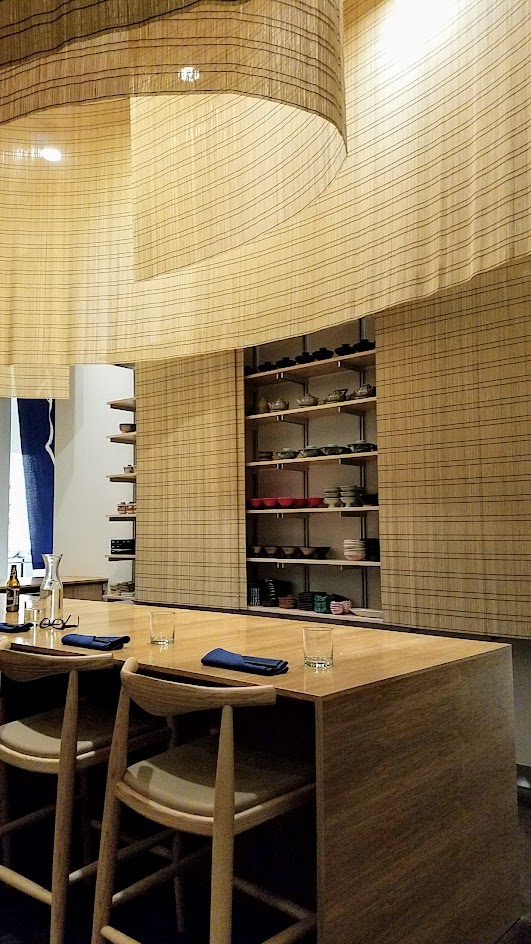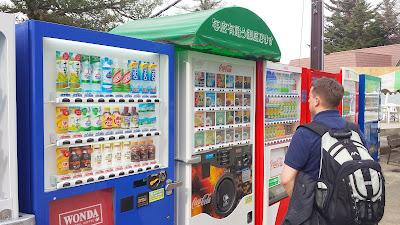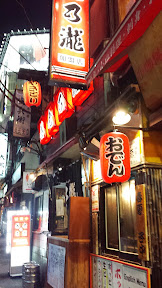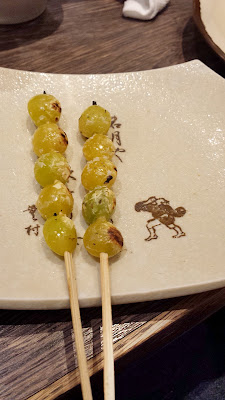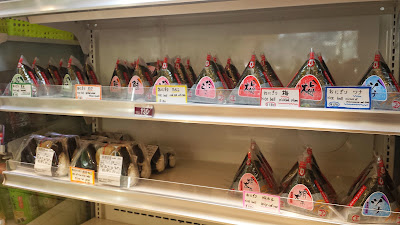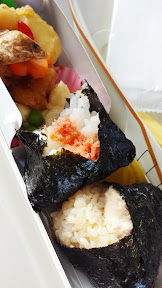Recently, Chef Naoko‘s Bento Cafe remodeled the space next to it on SW 12th and Jefferson. That space recently opened as Shizuku, an expansion to a larger space and a more zen tranquility of a dining space. They still include meals in a lacquered box but also a handful of small plates or a six course kaiseki option. Here’s my closer look at Chef Naoko’s Shizuku.




